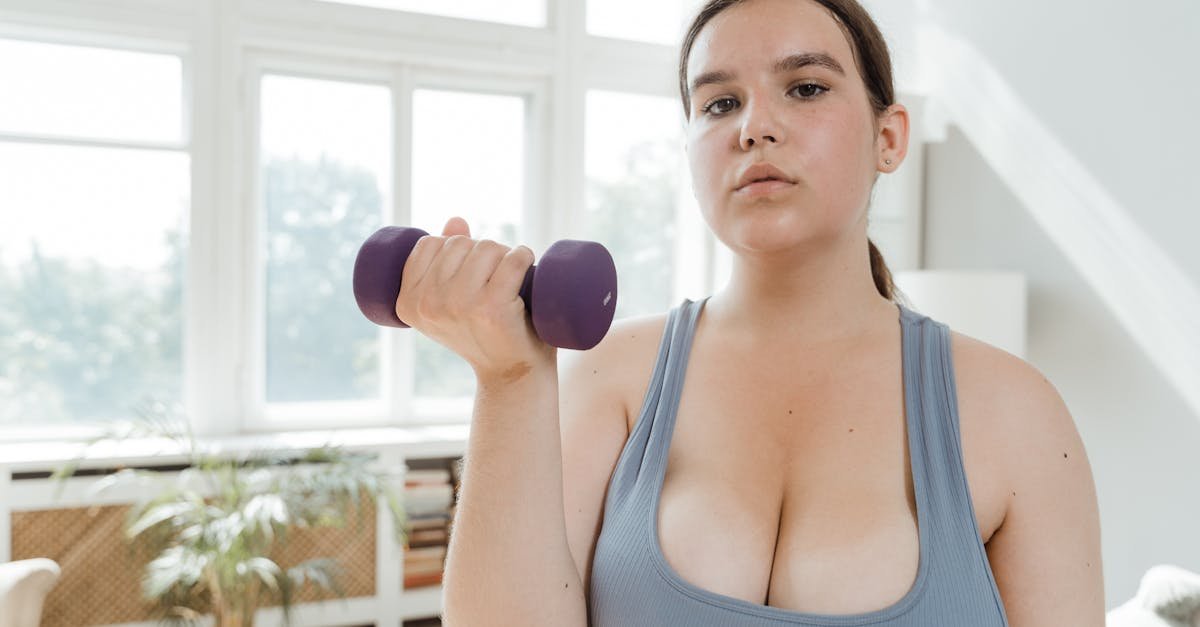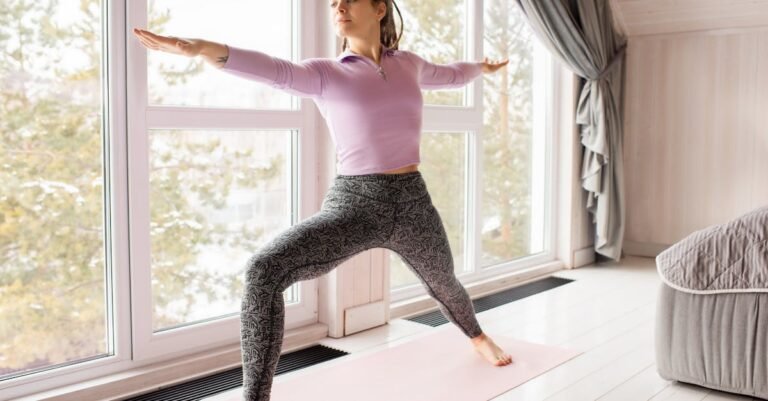Ever scroll through social media and see folks with super defined abs, wondering how they do it? Maybe you’ve tried doing endless crunches on your bedroom floor but felt kinda lost, or worse, ended up with a sore neck. You want a stronger core – maybe for looking good, maybe for feeling stronger in sports, or maybe just to stop your lower back from complaining – but hitting the gym isn’t always an option, and figuring out *what* to do at home feels confusing. Well, you’re in the right place! This article is gonna break down some of the best ab workouts you can actually do right in your living room, pretty much whenever you want. We’ll sort out the myths, show you simple moves that work, and help you build a routine that fits your life.
Why Bother with Abs Anyway? More Than Just Looks!
Okay, let’s be real, having visible abs is cool. But your core muscles – which include your abs – do way more than just look good. Think of your core like the trunk of a tree or the foundation of a building. It connects your upper and lower body and keeps everything stable and strong. A solid core helps you with:
- Better Posture: Stop slouching! Strong abs help hold you upright.
- Less Back Pain: A strong core takes pressure off your spine. It’s like having a natural back brace.
- Improved Balance: Less wobbling when you’re standing on one foot or reaching for something.
- More Power: Whether you’re playing sports, lifting groceries, or even just getting out of a chair, a lot of your power comes from your core.
So yeah, working your abs helps with way more than just getting a six-pack. It makes everyday movements easier and safer.
Can You *Really* Work Abs Every Single Day?
This is a super common question! You hear some people say “yes, every day!” and others warn against it. Here’s the deal: your ab muscles are pretty tough and recover faster than, say, your leg muscles after a heavy squat session. Technically, you could probably train them daily without major issues, especially if you’re doing shorter routines.
But… is it the *best* idea? Maybe not *every single* day without fail. Like any muscle, your abs still benefit from rest to repair and get stronger. Plus, doing the exact same intense workout daily can sometimes lead to burnout or boredom. A good approach? Aim for consistency, maybe 4-6 days a week. Listen to your body. If you’re feeling really sore, take a day off! It’s like charging your phone – you use it a lot, but eventually, it needs to plug in and rest to work well again. Focusing on doing *something* most days is better than aiming for perfection and then quitting.
The Building Blocks: Simple Moves to Start With
Ready to start? Let’s nail the basics first. Remember, doing fewer reps with good form is WAY better than rushing through lots of sloppy ones. Imagine you’re teaching a friend – slow and steady wins the race.
- Classic Crunch: Lie on your back, knees bent, feet flat on the floor. Place hands lightly behind your head (don’t pull on your neck!) or across your chest. Gently lift your head and shoulders off the floor, squeezing your abs. Think about bringing your ribs towards your pelvis. Lower slowly. Key tip: Keep your lower back pressed into the floor.
- Leg Raises: Lie flat on your back, legs straight (or slightly bent if your back feels strained). Keep your hands by your sides or under your lower back for support. Slowly lift your legs towards the ceiling until they’re roughly perpendicular to the floor (or as high as you can comfortably go without your back arching). Slowly lower them back down, stopping just before they touch the floor. Key tip: Control the movement, don’t just let your legs flop down.
Start with maybe 10-15 reps of each. Focus on feeling the squeeze in your abs.
Level Up Your Core Game: Adding Some Spice
Once you’re comfortable with the basics, let’s add a little challenge! These moves work your core in different ways.
- Plank: This one looks simple but works *everything*. Get into a push-up position, but rest on your forearms instead of your hands. Keep your body in a straight line from your head to your heels – no saggy hips or butts sticking up in the air! Engage your core (imagine pulling your belly button towards your spine). Hold for 20-30 seconds to start, working your way up.
- Bicycle Crunches: Lie on your back, hands lightly behind your head. Bring your knees towards your chest. Now, bring your right elbow towards your left knee while straightening your right leg out. Switch sides, bringing your left elbow towards your right knee while straightening your left leg. Keep alternating in a “pedaling” motion. Try for 20-30 seconds or 15-20 total reps.
These add rotation and stability challenges, making your core work harder.
Don’t Forget Your Sides! Working the Obliques
Your abs aren’t just the muscles in the front! You’ve got muscles along the sides called obliques. They help you twist and bend sideways, and they’re super important for a strong, stable core (and help create that V-shape some people like!).
- Side Plank: Like a regular plank, but on your side! Lie on your side, propped up on one forearm, elbow directly under your shoulder. Stack your feet or place one in front of the other for more stability. Lift your hips off the floor, creating a straight line from head to feet. Hold for 15-30 seconds per side. Feel that side squeeze!
- Russian Twists: Sit on the floor, knees bent, feet flat (or lifted off the floor for more challenge). Lean back slightly, keeping your back straight (don’t round it!). Clasp your hands together. Twist your torso from side to side, tapping your hands (or a light weight like a water bottle) on the floor beside you. Keep your hips relatively still; the twist comes from your waist. Aim for 15-20 total twists.
Adding these makes sure you’re working your *entire* core.
Putting It All Together: Your Sample Quick Routine
Okay, how do you combine these into a workout? Here’s a super simple example you can do at home. Remember, this is just a starting point – adjust reps or hold times based on how you feel!
Try doing this circuit 2-3 times through:
- Plank: Hold for 30 seconds
- Crunches: 15 reps
- Leg Raises: 15 reps
- Bicycle Crunches: 30 seconds
- Russian Twists: 20 total twists (10 per side)
Take a short rest (30-60 seconds) between circuits. This whole thing might only take 10-15 minutes! The key is doing it consistently. Doing this 5 days a week is way more effective than one super long, intense session once a week.
Listening to Your Body & Avoiding Oopsies
Working out at home is awesome, but you gotta be smart about it. Getting the form right is crucial – it makes the exercise actually work your abs and helps prevent injuries, especially to your neck or back. If something feels sharp or painful (different from muscle burn!), stop. Don’t push through actual pain.
Think about it like this: let’s imagine someone named Alex starts doing leg raises really fast, swinging their legs and arching their back. They might feel it more in their lower back than their abs. That’s a sign the form is off. Slowing down and focusing on using the ab muscles makes the move safer and way more effective. It’s okay to feel tired or a bit sore the next day (that means your muscles worked!), but sharp pain is your body saying “Hold up!”. Give yourself rest days when you need them. Your abs will thank you!
So, there you have it! Getting stronger abs at home doesn’t need fancy equipment or tons of time. It really boils down to understanding *why* your core is important (it’s way more than just looks!), knowing you can work it frequently (but maybe not every single day!), and focusing on simple, effective moves with good form. Start with basics like crunches and leg raises, then mix in planks and twists as you get stronger. Remember to work your sides too with moves like side planks! The most important thing? Consistency. A short routine done most days beats a killer workout done once in a blue moon. Listen to your body, don’t push through sharp pain, and have fun with it. You’ve totally got this!










